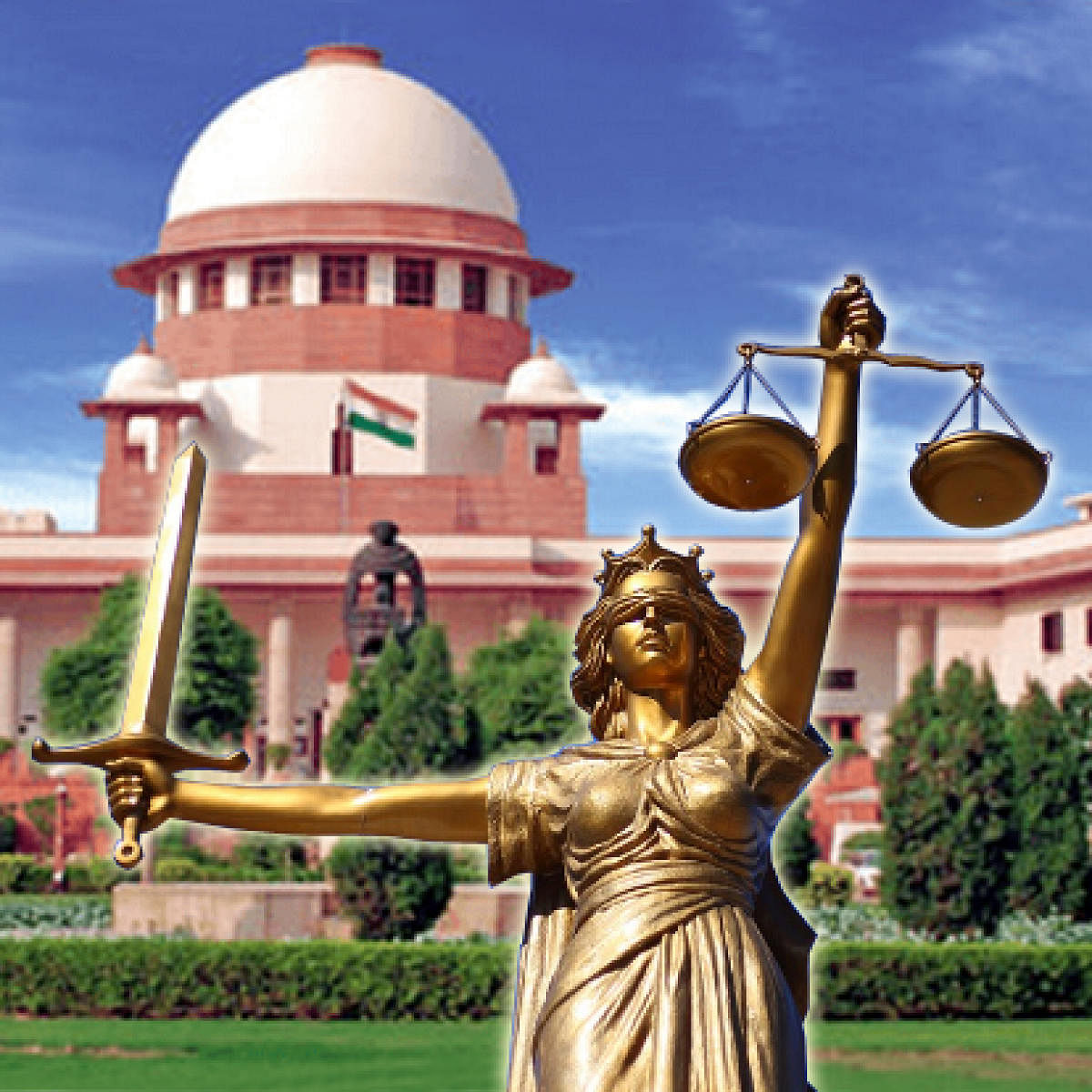
Any justice delivery system is under obligation to deliver prompt and inexpensive justice to its consumers, without in any manner compromising on the quality of justice or the elements of fairness, equality and impartiality. However, justice to be meaningful must be delivered within a timeframe that makes sense during the lifetime of a litigant. Denial of 'timely justice' amounts to denial of 'justice' itself. The two are integral to each other. Timely disposal of cases is essential for maintaining the rule of law and providing access to justice, which is a guaranteed fundamental right.
The official figures of pending cases clearly show that the challenge to the Indian State is that of timely justice. This is so because if timely justice is not made available by the State to its citizens, the consequence is that human and economic development is retarded. Disputed contracts, properties and securities lie frozen in the courts for years, mocking at the constitutional right to property and the human right to dignity. Undertrial prisoners burden the State finances, with the avoidable costs of public money as well as seething discontent over political, police and prison governance. The angst over proving criminal or contractual innocence, unable to wait for a judicial decision, held up because of the lack of adequate number of judges, converges into a law and order problem due to attempts to find other means of dispute resolution. The rule of law, another judicially declared component of the basic structure, stands violated. The credibility of constitutional governance and a constitutional State gets steadily eroded.
Corroding legitimacy
Judicial independence, a basic constitutional structure, is not conceivable unless the executive ensures that the strength of the judiciary is adequate to discharge its constitutional duty of rendering effective justice to all within a reasonable time. This becomes impossible if there is an inadequate number of judges in the subordinate courts, the high courts and the Supreme Court to deal with the backlog of pending cases and the inflow of new cases.
This has been the singularly constant finding of all the government committees and commissions on arrears in courts, namely the Rankin Committee (1925), Chief Justice of Calcutta High Court's Report (1949), Uttar Pradesh Judicial Reforms Committee Report (1952), 14th Law Commission Report on 'Reform Of Judicial Administration (1972), 79th Law Commission Report on 'Delay and Arrears in High Courts and Other Appellant Courts (1986)', 31st Report of the Estimates Committee of Parliament (1986), Satish Chandra Committee Report (1987), 120th Law Commission Report on 'Manpower Planning in Judiciary' (1989-90), Report of the Arrears Committee (2002), Report of the National Commission to Review the Working of the Constitution (2003), 189th Law Commission Report (Feb 2004) and 245th Law Commission Report on Arrears Backlog: Creating Additional Judicial Manpower (2014).
The recommendations of these committees, as also those by the All-India Chief Justices Conference, have remained unimplemented. It is a similar case when it comes to implementing the Supreme Court's orders for increasing judges' strength: All-India Judges' Association vs Union of India (2002); Ramachandra Rao vs State of Karnataka (2002); Brij Mohan Lal vs Union of India (2012); Malik Mazhar Sultan & Anr vs UP Public Service Commission & Others (2006); Imtiaz Ahmad vs State of UP (2012).
Notwithstanding the knowledge provided by law commissions, inquiry committees, parliamentary committees and orders passed by the Supreme Court, the executive wing of the state continues to be in denial when it comes to the issue of judges' numerical strength. Hence, another basic feature of the Constitution – access to justice within a reasonable time - stands violated.
Mounting mistrust
Despite evidence-based recommendations on increasing the number of judges, the government's response is quite distressing. Most high courts are working with only 40% of their sanctioned strength. It has been more than a year since the last appointment was made to the SC in February 2017. The Collegium made two recommendations (Justice KM Joseph and Ms Indu Malhotra) on January 10, 2018, but apparently it was vetoed by the government and since then no recommendation has been made by the collegium. The apex court has seven vacancies as of now, few more are due in a couple of months. Recommendations of the collegium are either deferred or indirectly vetoed by the government. Former chief justice of India TS Thakur openly and strongly expressed his discontent with Modi government on delay in appointments, but his successors have seemed unwilling to confront the government.
Modi, who claims to value good governance, is deceptively creating an Indira Gandhi-like regime, which attempted to create a committed judiciary. This government, however, intends to employ a different approach – of delaying or vetoing 'inapt' recommendations of the collegium. This will eventually help reinstate governmental control over judicial appointments, which was allegedly appropriated by the collegium in 1993, at the same time helping the prime minister avoid the tag of being authoritarian.
In a globalised world faced with similar problems of human misery, currently or historically, comparisons are inevitable. According to a recent report, "In 2016, India's judge-population ratio of 17 judges per million is among the lowest in the world. On an average, developing nations have 35-40 judges for a million citizens, while developed countries have 50." In addition, the inadequate budgetary allocation for the judiciary, absence of a nodal ministry for judicial planning, a national judicial policy and a provision for a regular cadre review in terms of judicial work or the impact of new legislation, are self-evident indicators of governmental ignorance. What is at stake is not only judges or the judiciary but the very foundation of our constitutional democracy.
(The writer is Deputy Registrar, Supreme Court of India)